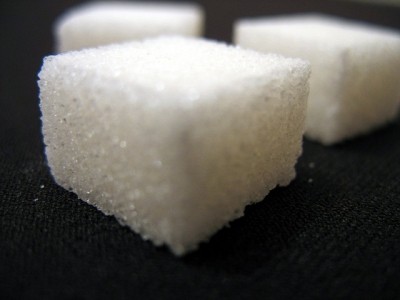Is low GI too complicated for consumers?
This content item was originally published on www.foodnavigator.com, a William Reed online publication.
Asked what the charged sugar discourse of industry pledges and public health campaigns had done for the environment around sugar reduction, Anke Sentko, vice president of regulatory affairs and nutrition communication for Beneo,said while there was a general agreement that sugar should be reduced, differences still remained in the way in which those changes were communicated.
Speaking with FoodNavigator at the industry event HiE in Amsterdam, she said that simplicity had overtaken science, and this was failing to give consumers the full health picture.
“The 'less than' or 'reduced' messages are indeed important, but a short cut of what is behind this. It is the the complexity at the end of the day that gives the benefit to the consumer when making healthy choices.”
However,David Jago, director of innovation and insights at market research firm Mintel,said the science behind sugar reduction was too complicated for them to understand. Giving the low glycemic index (GI) message as an example, he said simpler, more tangible ideas like slow energy release were a better way to go.
Slow energy is low GI reinvented
Sentko said: “It is the complexity that needs to be picked up. How can we say why less sugar is better for you? This is where health claims come into place, this is where the science comes into place in order to get the message across to consumers explaining, for example, that a lower rise in blood sugar is beneficial to you.
“Why is this the case? Because it's influencing the insulin levels, it's driving your metabolism in the right direction so that you are burning fat instead of storing it.”
Yet Jago said the food industry had tried to communicate the idea of low GI in the 90s and 2000s, but it “didn't stick” in most markets because it was simply too complicated for the average, mainstream consumer to understand.
“As I see it, the whole slow energy release message is really low GI reinvented, and that's really a much more effective message because it means something to consumers: slow energy release keeps you going for longer, helps you feel fuller for longer, helps you manage your weight. There are all kinds of positive messages around that.”
Taking out, putting in
He added that 'reduced sugar' also had its pitfalls since consumers where often suspicious of what was replacing the sugar taken out.














